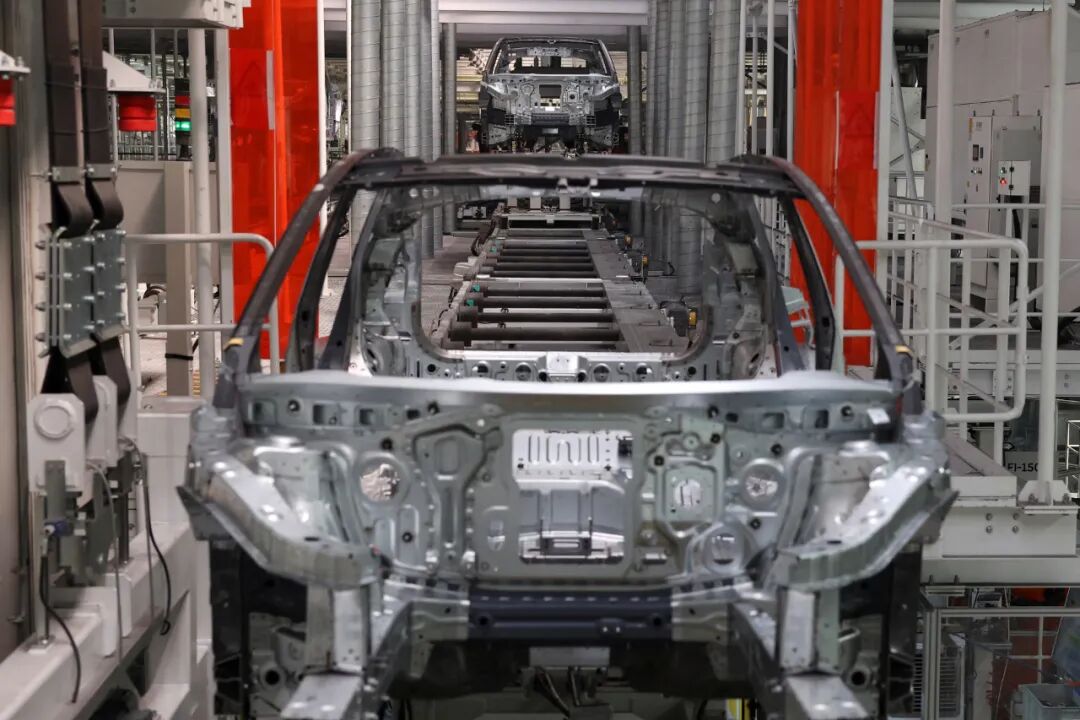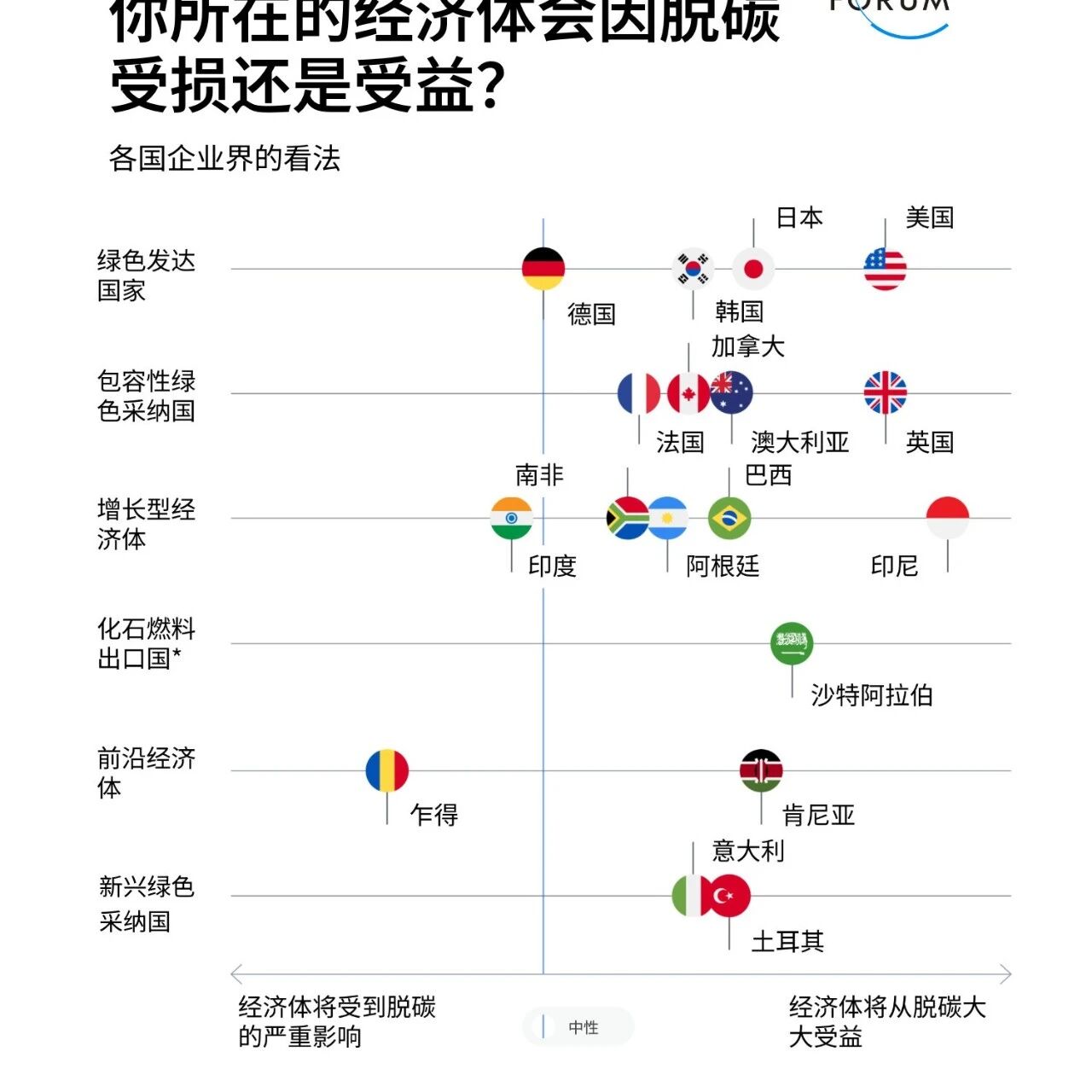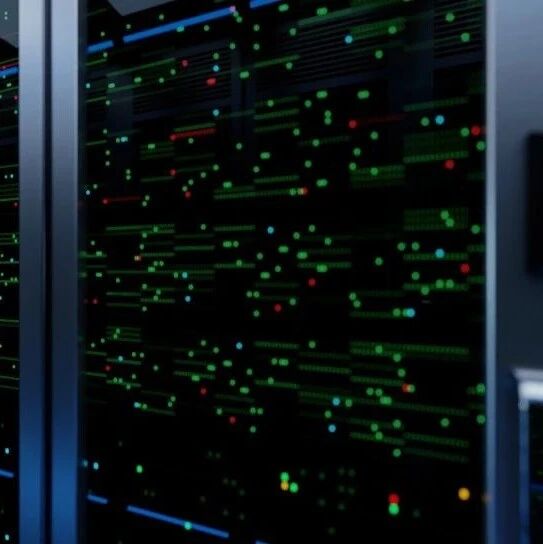

:/Florence Lo
Mark Greeven
IMD
,
,,,GDP,20147001500,300
,,,
,,,,
,
,,
,,
,,30,,
In Wuxi, AstraZeneca has established a global innovation park that integrates research and development with commercial operations. Meanwhile, Alibaba Cloud is collaborating with local governments and private enterprises to support the development of smart infrastructure. These companies are demonstrating how digital platforms and health ecosystems can be seamlessly integrated into regional and global supply chains.
These Chinese cities have fueled, rather than hindered, the rise of this globalizing wave. While national policies may have provided the framework, it’s local governments and innovative enterprises that are now building and expanding the underlying infrastructure.
Global expansion does not equate to centralization.
"The old model of globalization—characterized by large-scale construction, long-distance transportation, and centralized management—is being completely overturned."
BYD is headquartered in Shenzhen and is expanding outward through hubs like Hefei, with plans to sell half of its cars overseas by 2030. Its newly established factory in Hungary will begin production this year, reflecting a broader trend: building resilience through regional manufacturing rather than relying on centralized operations to cut costs. These facilities aren’t just aimed at serving a single market—they’re designed to cater to regional blocs such as Europe, Latin America, and Southeast Asia, embodying a completely new, distributed-scaling model.
Headquartered in Qingdao, Haier has adopted a unique "Human-Resource Integration" model. This approach decentralizes operations, empowering customer-focused, autonomous micro-enterprises at the grassroots level. The model has proven highly effective—subsidiaries like General Electric Appliances in the U.S. and Sanyo in Japan have thrived under this framework, seamlessly blending local agility with global strategic synergy.
As Haier Chairman Zhou Yunjie recently stated in an interview at IMD Business School in Switzerland, this is a governance model that enables deep local integration without compromising innovation or speed. Today’s approach to global expansion is: build close to the market, act swiftly, and continuously adapt.
From replication to co-creation
The aforementioned companies are not isolated cases—they reflect a measurable shift. According to IMD’s China Corporate Transformation Index (CCTI), high-performing enterprises are investing in regional supply chains, digital platforms, and collaborative ecosystems. More than 70% of the companies surveyed reported that digital connectivity and regional agility are now more critical than relying solely on a global-scale approach.
These companies are co-creating operational models with local partners—ranging from startups and universities to government entities—rather than simply replicating headquarters-driven strategies across different markets. Instead, they’re actively integrating into new regions, moving beyond mere product sales. This shift signals a growing emphasis on localized R&D, cross-border joint ventures, and collaborative efforts aimed at driving innovation together.
In the past, globalization meant replicating a single model across the globe; today, it means creating new models tailored to each individual market.
"Haifeng" in Other Countries
This model isn’t just applicable to China—cities like Hyderabad in India, Da Nang in Vietnam, and Monterrey in Mexico are also following a similar trajectory, emerging as regional hubs for global operations.
For instance, Monterrey has emerged as a nearshore hub for advanced manufacturing. With its robust industrial infrastructure and the support of educational partners like the Tecnológico de Monterrey, the city has attracted investments from global giants such as Tesla and Volvo. Additionally, Monterrey is currently developing a clean innovation cluster focused on zero-emission technologies and smart logistics.
Global executives should ask themselves: Which city could become our "Hefei"? And among the cities overlooked in their development journeys, which one holds the potential to drive innovation-led, regionally prioritized growth? This isn’t just about strengthening supply-chain resilience—it’s also about unlocking local dynamism to fuel momentum for global progress.
Resilience is the new competitive advantage.
The era of inefficiency is coming to an end. Companies that still rely on massive, linear supply chains are now paying a heavy price. Meanwhile, businesses that have embraced integration, localization, and decentralization have already taken the lead.
China’s most forward-thinking companies are showcasing strategies to navigate uncertainty, such as modular operations and digitally integrated networks. Whether through regional production hubs, local innovation platforms, or agile supplier ecosystems, the ability to adapt flexibly has now become a strategic differentiator. This is no longer an emergency response—it’s evolving into a new operational framework that empowers global influence.
The future of globalization isn’t over—but it’s no longer dominated by the status quo. Globalization is being reshaped, one company at a time, one city at a time. If global institutions fail to keep pace, they risk falling behind. Today’s challenge lies in nurturing a new model of globalization built on agility, localization, and collaboration. Institutions must work together to drive this transformation—enabling it rather than standing in its way. The next wave of globalization isn’t just on the horizon—it’s already here, quietly gaining momentum—and it’s already taking root in cities like Hefei.

The above content represents the author's personal views only.This article is translated from the World Economic Forum's Agenda blog; the Chinese version is for reference purposes only.Feel free to share this in your WeChat Moments; please leave a comment at the end of the post or on our official account if you’d like to republish.
Translated by: Di Chenjing | Edited by: Wang Can
The World Economic Forum is an independent and neutral platform dedicated to bringing together diverse perspectives to discuss critical global, regional, and industry-specific issues.
Follow us on Weibo, WeChat Video Channels, Douyin, and Xiaohongshu!
"World Economic Forum"


